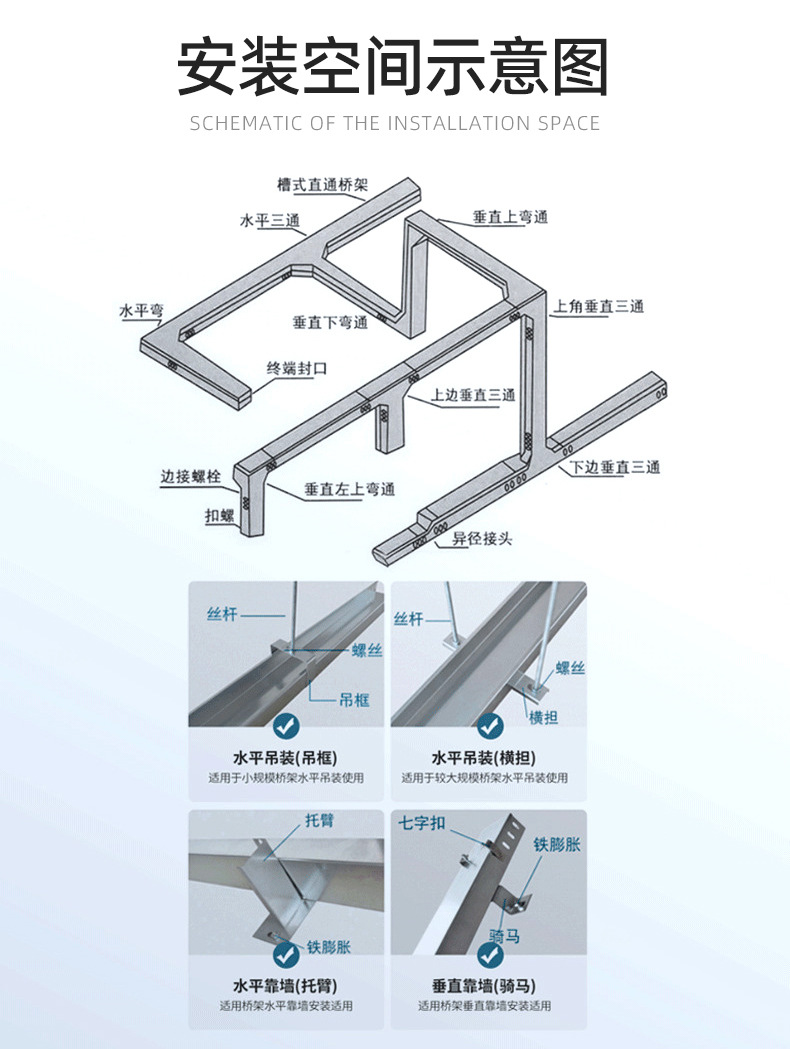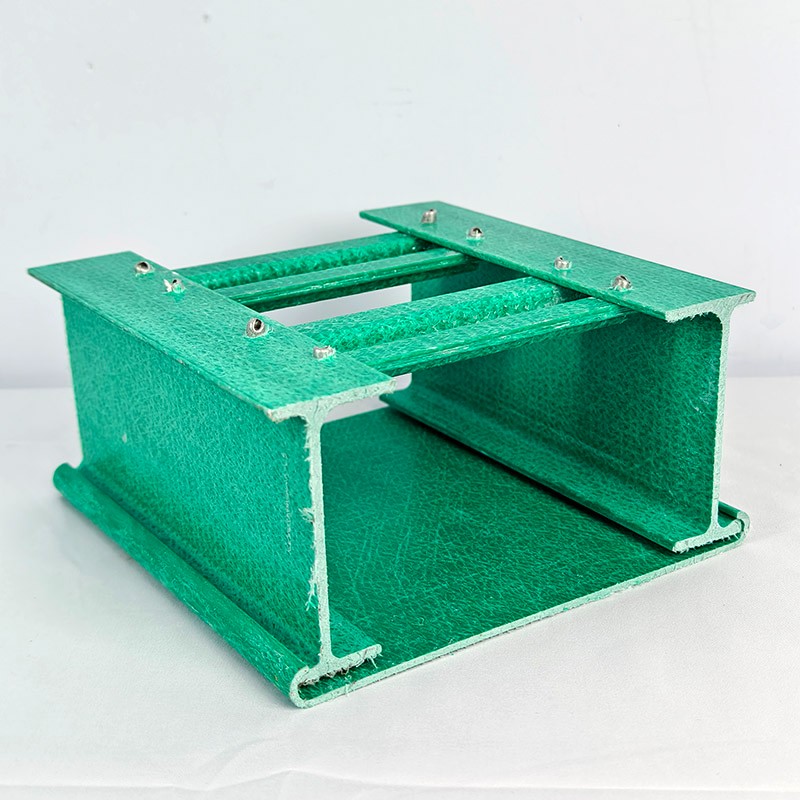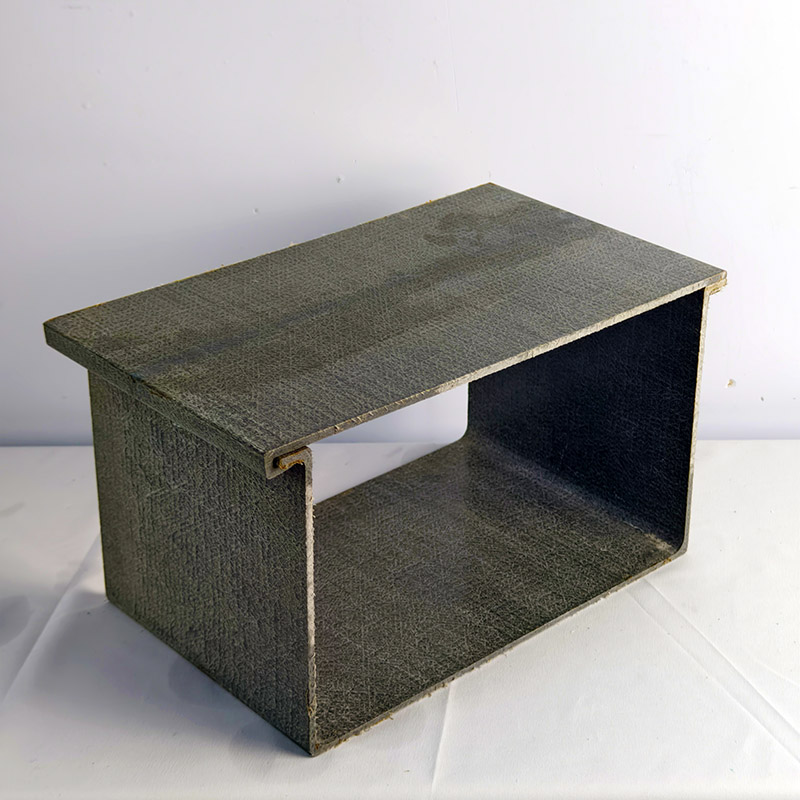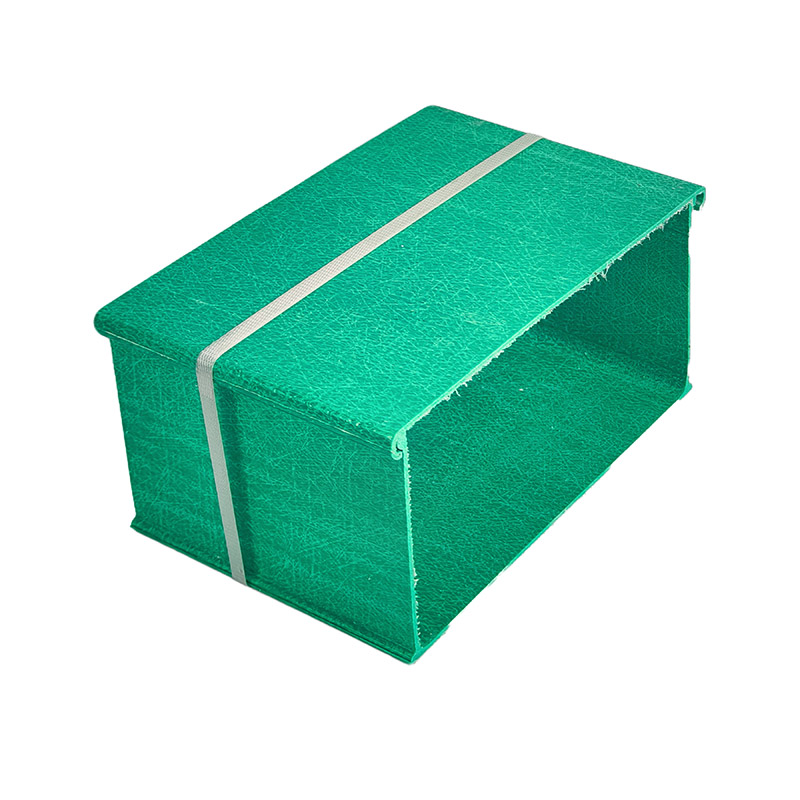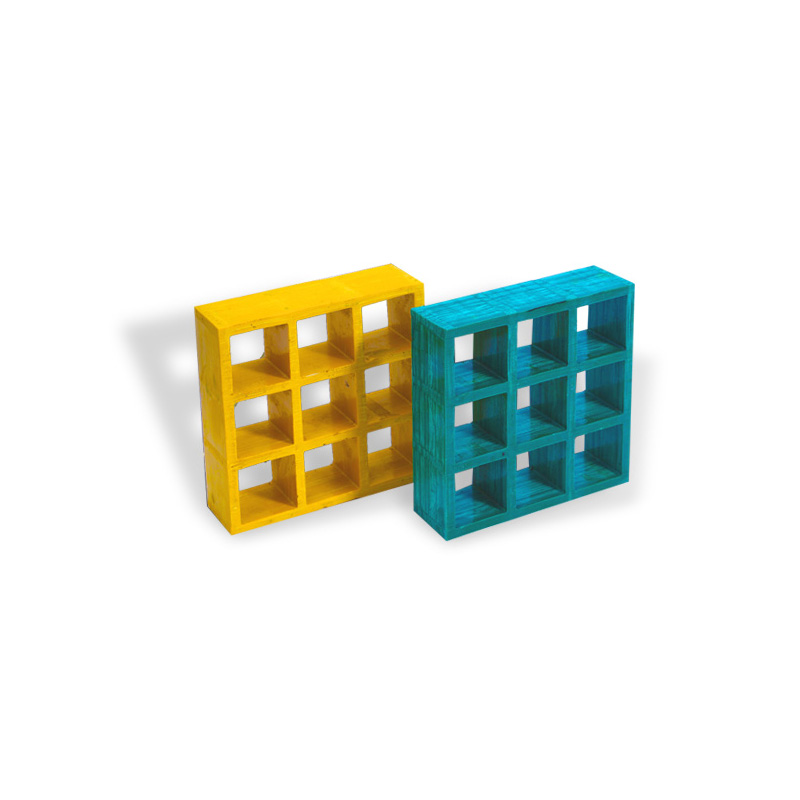What are the characteristics of fiberglass cable trays?
Fiberglass cable tray is a new type of cable tray product widely used in supporting industries such as power, t
Fiberglass cable tray is a new type of cable tray product widely used in supporting industries such as power, transportation, and urban construction. It is an ideal power transmission trunk system equipment for modern enterprises, high-rise buildings, experimental bases, large venues, data centers, comprehensive pipe galleries, petrochemical, industrial and mining factories, hotels, hospitals, and other places. Can replace traditional metal cable trays. It has the following advantages:
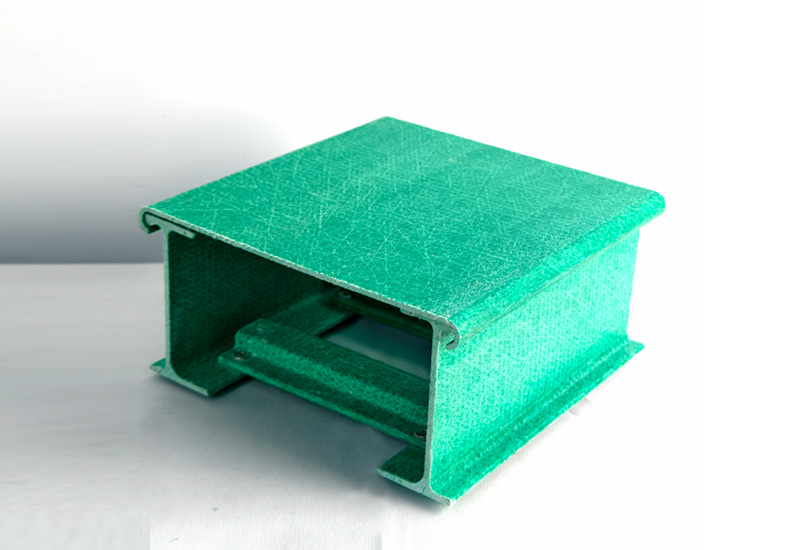

1. Glass fiber cable tray is a type of glass fiber profile with a continuous and smooth surface, stable size, and high strength, which is made by impregnating reinforced materials such as continuous glass fiber untwisted coarse sand, glass fiber continuous felt, and surface felt with thermosetting resin. It is pulled out of a heated metal mold under traction and cured under high temperature and pressure. Make it rigid and resilient, with broad application value. Various new materials. This new material overcomes the shortcomings of traditional steel cable trays that are prone to rust and corrosion.
2. The insulation performance of fiberglass cable tray is reliable, with a surface resistivity greater than ohms, and the product does not require grounding. Traditional cable trays are made of metal and should have reliable electrical connections and grounding to protect the continuity of the circuit.
3. Fiberglass bridge frames have the characteristic of high oxygen index, and all indicators meet the requirements of flame retardant materials. The combustion performance reaches GB/B1 (flame retardant), with extremely low heat release rate, without delaying combustion, and automatically extinguishes after extinguishing.
4. Fiberglass cable trays can be used in different climatic environments and laid in different chemical corrosion environments. It has the characteristic of long usage time.
5. Fiberglass cable tray has the characteristics of light weight and large load, meeting the requirements of strength, stiffness, and stability. When subjected to the rated uniformly distributed load, the relative deflection is less than 1.
6. The thickness of the fiberglass cable tray meets industry standards, with complete and standardized models and specifications. However, the thickness of traditional cable tray plates is mostly smaller than the industry standard thickness, making it difficult to complete the model and specifications.
7. The impact resistance of fiberglass cable trays meets the GB/T 1026-2013 standard, and there will be no deformation or cracks that affect safe use after collision.
8. Compared with traditional cable trays, fiberglass cable trays have the characteristics of reasonable structure, beautiful appearance, and no need for bolt connections. Traditional steel bridges require welding and locking a large number of screws to complete the connection. During the welding process, defects such as uneven surface, missed welding, cracks, slag inclusion, burning through, and arc pits may also occur.
